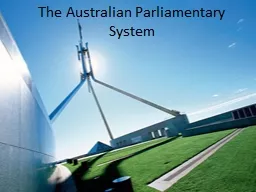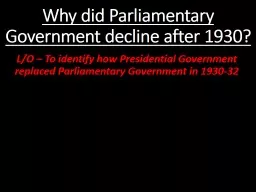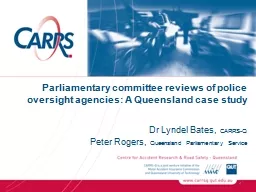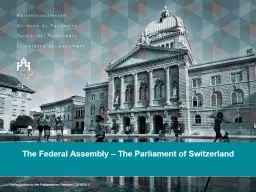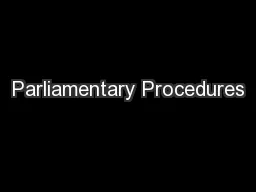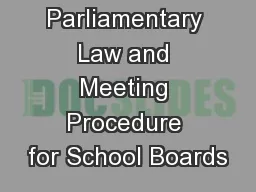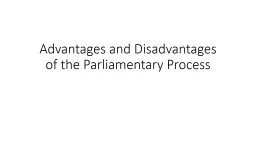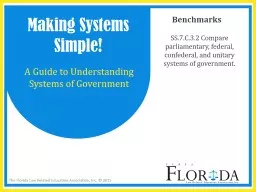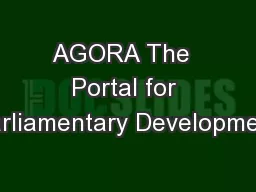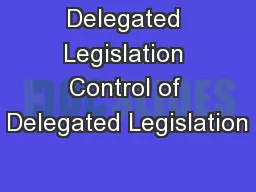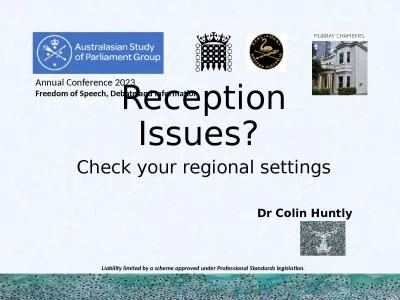PPT-The Australian Parliamentary System
Author : yoshiko-marsland | Published Date : 2018-01-06
With the passing of the Commonwealth of Australia Constitution Act 1900 UK On 1 January 1901 Australia came into being as a nation more specifically a federation
Presentation Embed Code
Download Presentation
Download Presentation The PPT/PDF document "The Australian Parliamentary System" is the property of its rightful owner. Permission is granted to download and print the materials on this website for personal, non-commercial use only, and to display it on your personal computer provided you do not modify the materials and that you retain all copyright notices contained in the materials. By downloading content from our website, you accept the terms of this agreement.
The Australian Parliamentary System: Transcript
Download Rules Of Document
"The Australian Parliamentary System"The content belongs to its owner. You may download and print it for personal use, without modification, and keep all copyright notices. By downloading, you agree to these terms.
Related Documents

